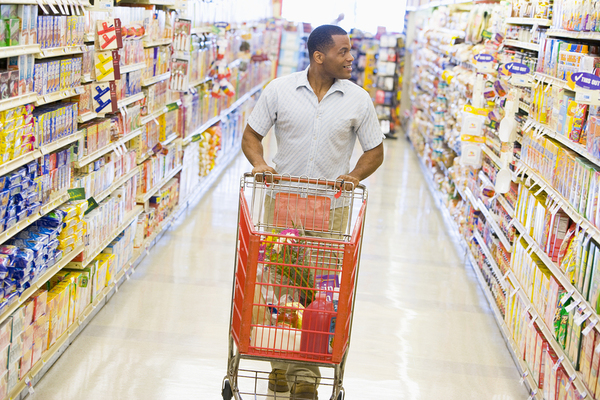Food packaging design is about far more than containing food products until they are consumed. Most purchase decisions are determined in the store aisle, and how companies package their products accounts for how the shopper reacts upon seeing it on the shelf.

How you design food packaging influences countless consumer actions.
Beyond simply appealing to customers, much of today's food packaging includes, in addition to ingredient and nutritional information, instructions on how to recycle the packaging.
Presenting consumers with organized, hierarchical information that they want - including information about recycling - means carefully crafting the wording on food packaging design. Here are 5 ways the wording on food packaging affects recycling rates.
1. By Spelling Things Out in Clear, Everyday Language
While packaging design includes recycling symbols that indicate whether the packaging is recyclable or, in the case of plastics, what type of recycling facility is necessary, it is important to make the wording straightforward and as jargon-free as possible. "Recyclable plastic" is the information consumers care about, not "recyclable polyethylene terephthalate."
2. By Keeping Instructions Simple
If the customer needs to do something to a food package before recycling it, such as rinsing it with water, provide these instructions in wording that is as concise and simple as possible. If people think recycling a container is going to be an ordeal, they are less likely to do it. Simple graphics that accompany the wording on your food packaging design can help too.
3. By Offering Visual Cues to Acceptable Recycling Practices
Visual food packaging design elements can reinforce and make clear first, that you encourage recycling and second, how the customer should do so. Is this plastic container made of the same material as milk cartons? Is it recycled the same way? Visual elements draw attention to your wording and offer an extra reminder to customers to dispose of packaging responsibly.

Packaging wording and graphics can plant the idea of recycling and encourage recycling efforts.
4. By Partnering with Outreach and Education Efforts
Wording on your food packaging design can, in addition to providing a clear overview of good recycling practices, offer additional information for consumers who want to know more. For example, if your product packaging is recyclable only at select stores, you can say so, or you can provide the URL of a website with further recycling information.
5. By Communicating Availability of Recycling Options
If your food packaging design is different from competitors', or if you've recently redesigned it, it may not be obvious to consumers that the packaging is recyclable. New or innovative packaging designs can include wording that packaging can be recycled and encourage customers to do so. Often, simply knowing that a package can be recycled is enough to encourage the practice.
How you design your food packaging affects countless actions, from whether consumers are drawn to it in the store, to whether they put it in their cart, to what they do with the packaging once they are done with the product. While some wording on food packaging must conform to regulations, you still have great scope for educating your customers on how to responsibly dispose of the packaging.
Straightforward, simple language indicating recyclability and how it should be done, perhaps accompanied by graphics that reinforce the message, can make all the difference in the appeal of your brand to environmentally-conscious customers, and can help ensure more resources are recycled rather than put in landfills.
 |
 |




